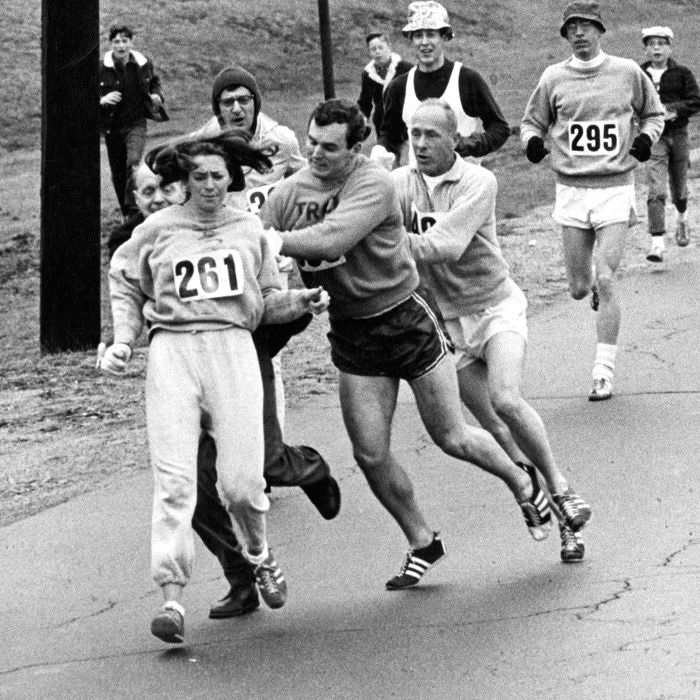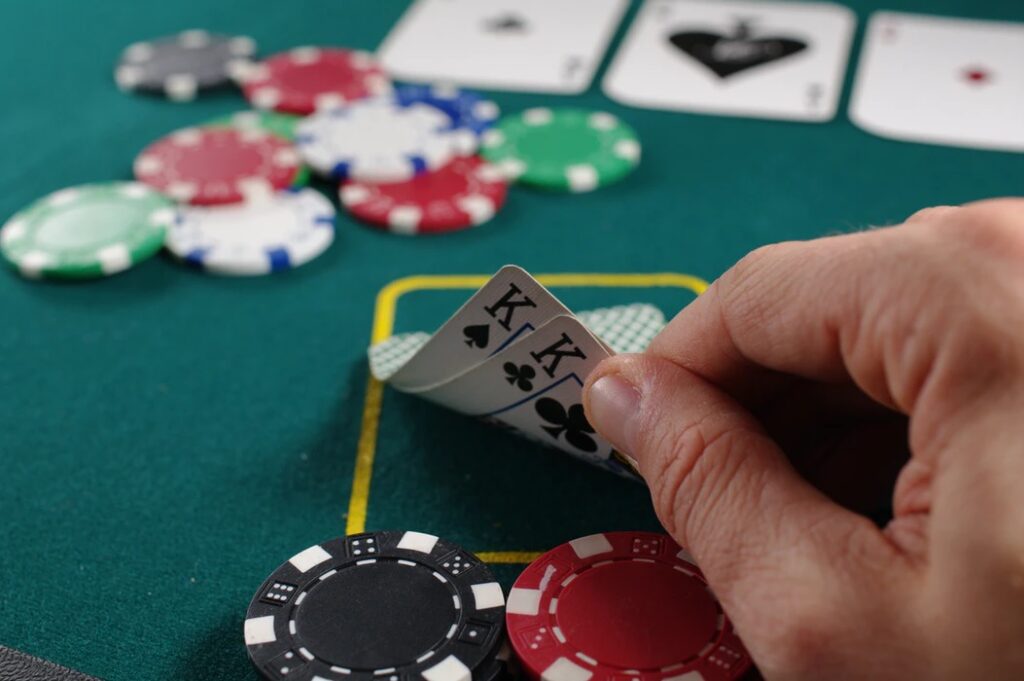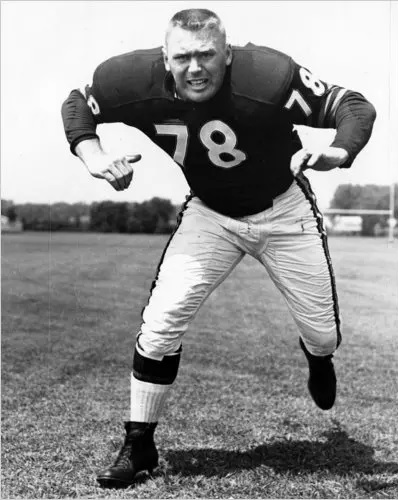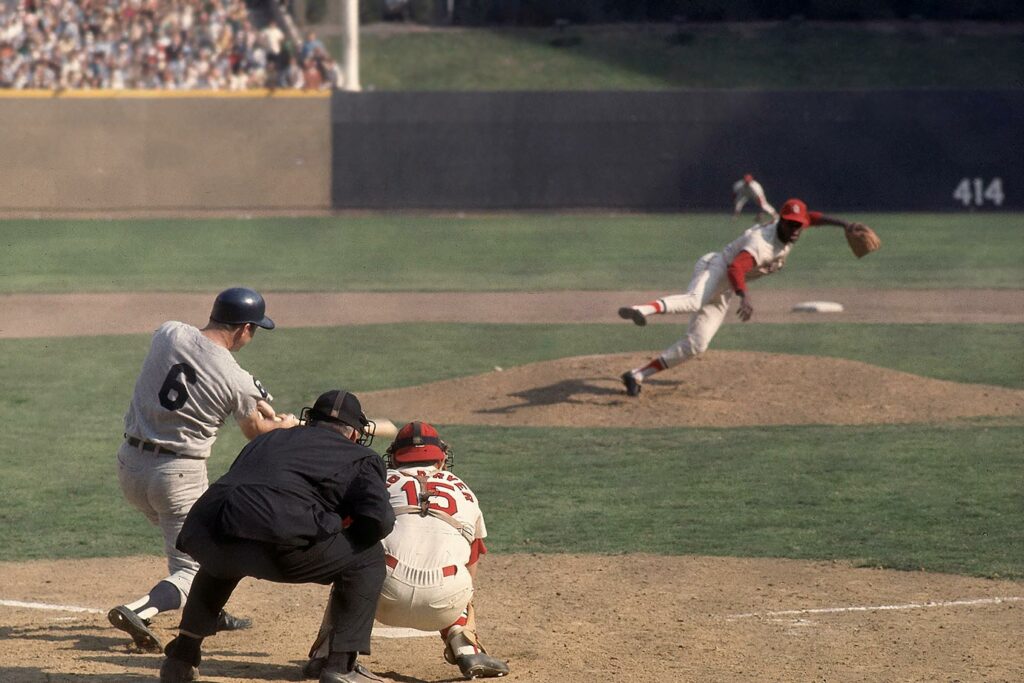History of Triathlon 2
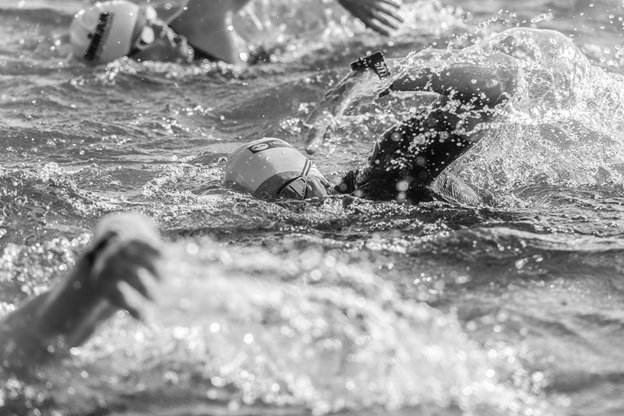
As the sport’s most widely known origins, triathlon was modernized in the mid-1970s on the pacific coast of the U.S. Started by the San Diego Track Club in 1974, the first known official triathlon took place in Misson Bay on September 25th, and had 46 athletes involved.
According to Ironman, couple Judy and John Collins raced that event in San Diego and later planted the seed for triathlon events in Hawaii when they moved there a year later.
By 1978, Judy and John held the “Around the Island Triathlon,” which involved the standard triathlon distances of today’s Ironman – a 1.2-mile swim, 112-mile bike, and 26.2-mile run. And by 1980, this particular Ironman distance of triathlon quickly became a professional endurance event you now see televised every October as the world championships.
Although the mid-70s and early 80s eras remain to be the most popular story of triathlon’s history, such multisport events were taking place long before then in Europe.
Rewind 50 Years to France in the 1920s
Sports historians draw back to the 1920s era when French culture was hosting triathlon events. In fact, the French were some very first to pioneer and make popular various endurance sport we see today.
Back in the 1920s, French triathletes would participate in events called “Les trois sports”, which translates “the three sports’. These multisport events sometimes went by various names, including “La Course des Débrouillards” (the race of the resourceful) and “La course des Touche à Tout” (the race of the jack-of-all-trades). These various historic triathlons took place in French harbor cities like Marseilles and La Rochelle.
Although triathlon’s French roots and current most popular races involve swimming, biking, and running, athletes were continuously experimenting with different types of athletic combinations. There are still to this day a wide variety of triathlon formats, multisport events, and governing bodies.
Read the rest of this entry →